There’s a moment just outside Himeji Station when the crowds seem to pause and turn the same direction—everybody catching their first glimpse of the castle. Even if you think you’re too old to be wowed, it gets you. The main keep rises so clean and bright above the city, it almost looks unreal, as if someone painted it onto the skyline. The day I arrived, I saw a taxi driver slow down and point for his passenger to look. A group of high school kids on bikes stopped in the middle of the street, laughing, craning their necks. That’s the kind of castle Himeji is—the sort that makes you forget whatever you were talking about a minute earlier.
I’ve visited a fair share of castles, but Himeji isn’t just another checkmark on a sightseeing list. It’s big and bold, but it’s the details that stick: the way the white plaster shines even when the sky threatens rain, or how the narrow stone paths twist and double back, leaving you quietly lost in the best way. Inside, old wooden floors creak with every step, and you catch little drafts where the walls let in air. Even on a busy day, there are pockets of quiet—a narrow stairwell, a view through a loophole, or the hush around Okiku’s Well.
You don’t have to be a history buff to feel something here. Himeji Castle makes you pay attention. Here’s how to get the most out of your visit, whether you’re coming for cherry blossoms, samurai legends, or just to see what all the fuss is about.

Quick Facts: Himeji Castle at a Glance
📍 Location: Himeji, Hyogo Prefecture, Japan
🏗️ Built: Original fort: 1333; current form: 1581–1609
🏰 Architectural Styles: Japanese castle (“White Heron Castle”)
🎭 Known For: Pristine white walls, samurai history, cherry blossoms, intricate defenses, Okiku’s Well legend
Highlights: Main keep (tenshu), maze-like paths, Nishinomaru (West Bailey), city views, cherry blossoms
👑 Famous Residents: Ikeda Terumasa, Toyotomi Hideyoshi, Honda Tadamasa
🏆 UNESCO Status: Yes, since 1993 (as “Himeji-jo“)
🌐 Official Website: Himeji Castle Official Site

The Story & Legends of Himeji Castle
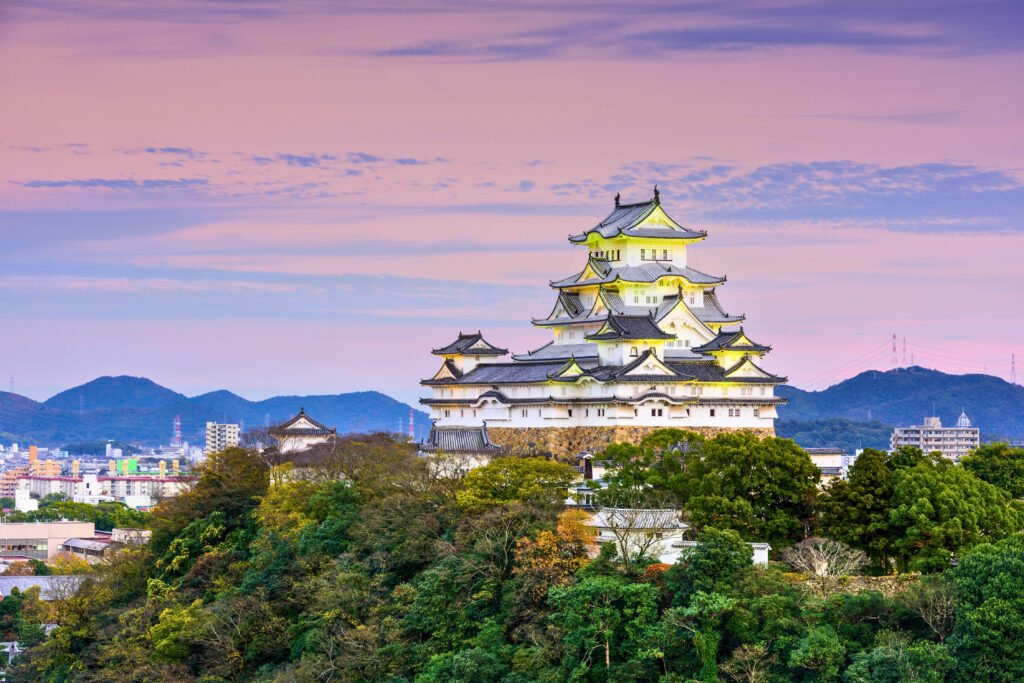
There’s a reason Himeji Castle feels different from the moment you walk through its gates. The place is old—older than most people realize, with roots stretching back to a small hilltop fort in the 1300s. What you see now was mostly finished by 1609, after Ikeda Terumasa took charge and set out to build something that would last. And somehow, it has. Himeji has been threatened by fires, earthquakes, civil wars, even air raids. During World War II, most of Himeji City was destroyed, but the castle stood untouched—a single incendiary bomb landed on the roof but failed to go off. People still talk about that with a kind of superstitious shrug.
For all its history, Himeji isn’t just a dry museum piece. This is a castle packed with stories—some official, some whispered. The best-known legend is the one about Okiku’s Well. As the story goes, Okiku was a servant accused of breaking a valuable plate. Punished for a crime she didn’t commit, she was thrown into the castle’s well. Locals swear her ghost still counts plates at night, her voice drifting up through the stones. On my first visit, I found myself leaning over the well’s edge, half joking, half hoping to hear something.
Walk around long enough and you sense the layers—lords holding power, samurai watching from the ramparts, ordinary people working behind the scenes. It’s all here, mixed in with the sound of school groups and tour guides today. The old and the new, side by side, like always at Himeji.

Architecture & Design: The White Heron in Stone
Most castles I’ve visited lean heavy, gray, and a little gloomy. Himeji is the opposite. The first thing that hits you is how bright the white plaster walls look, no matter the weather. Locals call it “Shirasagi-jo”—the White Heron Castle—because the main keep almost seems to float above the city, graceful and a little proud. Up close, the woodwork and layered roofs are even more intricate than any photo lets on. There’s a real sense of craftsmanship, from the swooping eaves to the detailed tile crests.
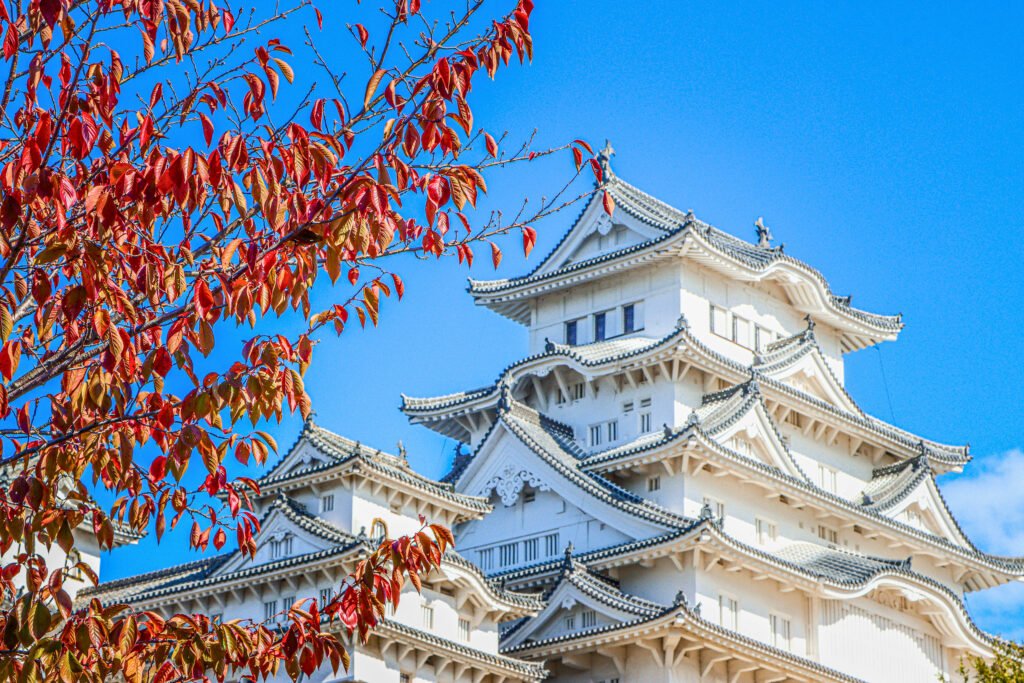
But Himeji isn’t just beautiful; it’s clever. The castle was built with defense in mind, and you start to notice all the tricks as you wander. The approach to the main keep isn’t straightforward—it’s a winding, zigzagging path that forces you to double back again and again, through heavy gates and courtyards designed to confuse and slow down would-be attackers. There are hidden openings in the walls for archers, and stone drop windows where defenders could pour boiling water or toss stones. Look up, and you’ll spot “ishiotoshi”—openings high above for exactly that purpose.
Inside, the main keep stretches six stories tall, with steep wooden stairs that make you watch your step. The walls feel thick and cool, punctuated by small windows looking out over the city. Despite all the heavy timber and stone, the place still feels airy, thanks to its pale colors and generous light. Every detail, from the interlocking doors to the way corridors twist, was thought out for both form and function.
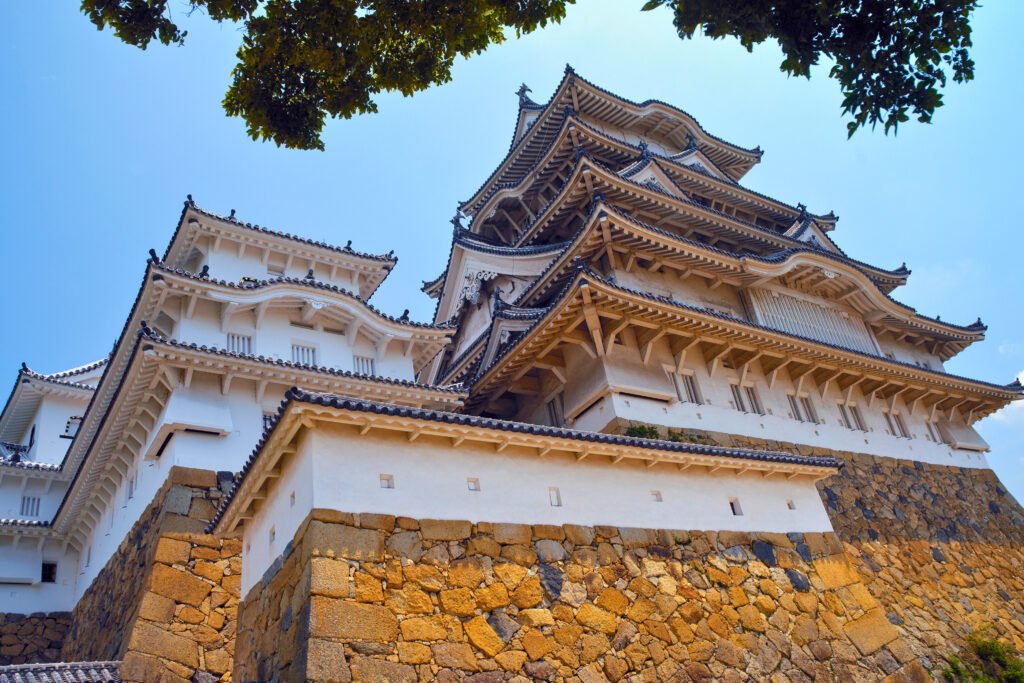
It’s easy to get swept up in the symmetry and design—especially if you stop for a moment at the top and take in the view. Standing there, you get why Himeji isn’t just Japan’s most beautiful castle, but also one of its smartest.

Must-See Highlights Inside & Around Himeji Castle

There’s no point pretending: everyone heads straight for the main keep, and with good reason. It’s a workout getting to the top—six flights of steep wooden stairs, some barely wider than your feet. At every landing, you get a different view: narrow windows looking over roof tiles, displays of weapons, or simple empty space that somehow feels alive with old stories. By the time you reach the top floor, your legs will remind you you’ve climbed, but the view across Himeji and out to the mountains is worth every step. I’ve watched people—local and tourist alike—fall quiet up there, just soaking it in.
If you wander to the west side, the Nishinomaru gives you a different atmosphere. The long corridor, built for a shogun’s wife, is all polished wood and soft light, and most visitors walk through here more slowly, maybe just grateful for a break from the crowds. The view from the windows—white walls against the city—never gets old.
I always pause at Okiku’s Well, mostly to watch kids daring each other to lean in and listen for the ghost. Even if you’re skeptical, there’s something about the air by that well—cooler, maybe, or just heavy with old stories.
Spring here is wild. Cherry blossoms fill the grounds with pink, and there’s a constant shuffle of families spreading blankets for picnics or posing for photos. Any season, though, you’ll find locals walking, students sketching, and tourists pointing out odd details in the walls. My advice: slow down. The best parts of Himeji aren’t just the big moments—they’re the ones you nearly walk past.

Practical Visitor Information
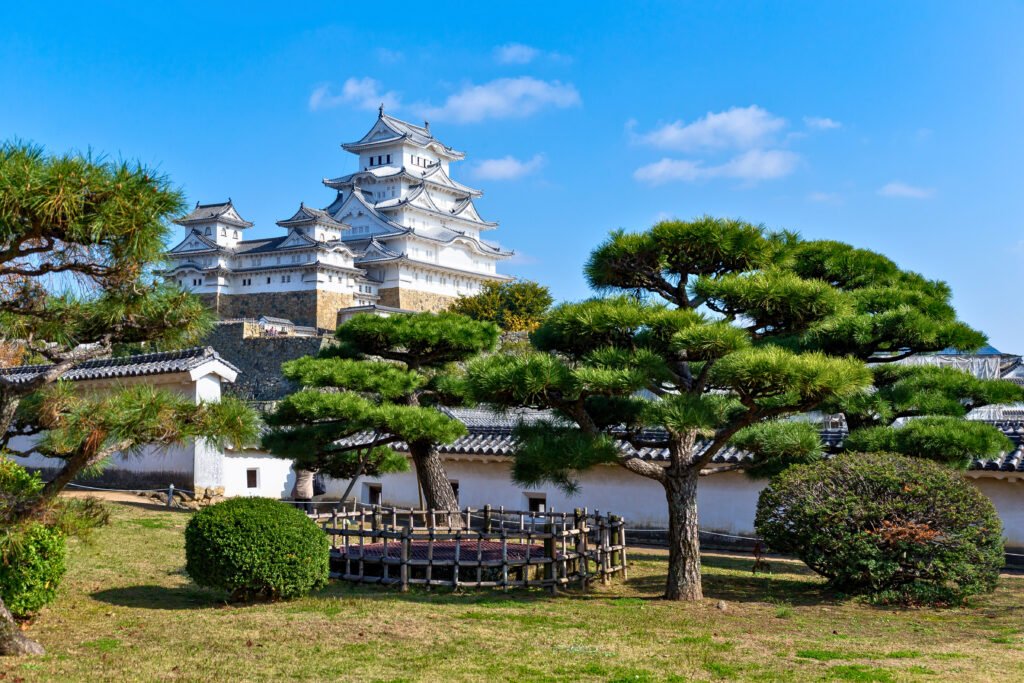
Himeji Castle is open to visitors nearly every day of the year, but the hours change a bit with the seasons. From late April to late August, gates usually open at 9:00 a.m. and close at 5:00 p.m. (last entry 4:00 p.m.). From September through early April, closing time shifts an hour earlier. The castle sometimes closes for bad weather or special maintenance, but that’s rare. Always check the official website just before your trip.
Tickets are sold at the entrance, but if you want to skip the main ticket line—especially during cherry blossom season or on weekends—buy in advance online or at machines near Himeji Station. As of July 2025, adult tickets are ¥1,000; children (elementary to high school) pay ¥300. There’s a combo ticket with Koko-en Garden next door for ¥1,050 (adults) and ¥360 (students) – Worth it for the whole experience. Most signs and some staff offer information in English, and there’s an audio guide app for your phone if you want to dig deeper.
Large bags aren’t allowed inside the main keep, but there are coin lockers near the entrance. Wear comfortable shoes—the stairs are steep, and floors can be slick in rain. Accessibility is limited inside the main keep, with lots of stairs and no elevator, but much of the grounds and West Bailey are more manageable for visitors with mobility needs.
If you’re traveling with kids, the castle grounds have space to run and explore. There are clean public toilets near the gates, and vending machines throughout the park for quick snacks or drinks. Plan for at least two hours if you want to see everything without rushing—add more if you’re visiting during peak cherry blossom season, as the lines can grow quickly.

Tips for the Best Visit
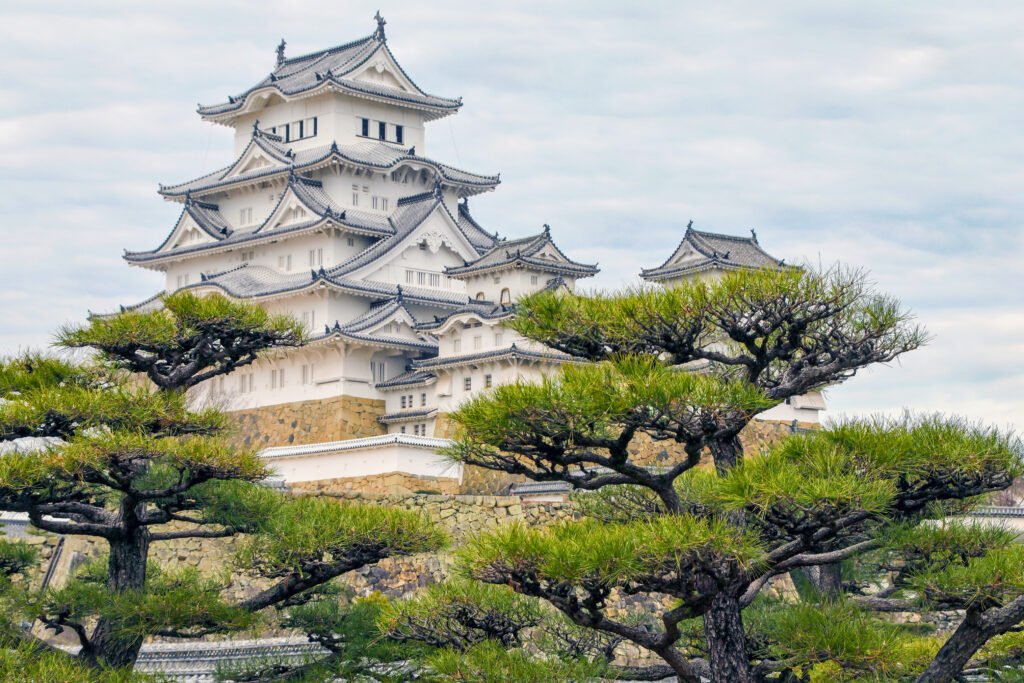
Try to get to Himeji Castle as close to opening time as you can, especially in spring or on weekends. The main keep gets busy fast, and nothing beats that first walk through the quiet grounds before the tour groups show up. I’ve had mornings where I nearly had whole sections to myself for half an hour—a small miracle during cherry blossom season.
If you’re aiming for photos, mid-morning light works wonders on the white walls. For hanami, arrive early to snag a good spot under the cherry trees. Locals are serious about their picnics—some arrive before sunrise to claim the best views.
Inside, watch your head on low beams and keep an eye on your footing—those stairs are no joke. Bring socks or plan on taking off your shoes in parts of the castle; the wood can be chilly on bare feet in colder months.
For a snack or break, there are small cafes and food stalls outside the main gates, plus plenty of shops along Otemae Street back toward the station. My personal favorite is a local sweet called “Himeji yaki-manju”—it’s warm, a little chewy, and hits the spot after climbing all those stairs.
One thing I wish I’d known on my first visit: don’t rush. There are lots of hidden angles and small details that are easy to miss if you’re just following the crowd. Take time to look up at the roof tiles, check out the carvings on the gates, and let yourself get a little lost in the maze of stone walls. That’s when Himeji Castle really starts to open up.

How to Get There
Getting to Himeji Castle is easy, even if you don’t speak a word of Japanese. The Shinkansen (bullet train) stops right at Himeji Station, and if you’re coming from Osaka or Kyoto, the ride is quick—about 30 minutes from Osaka, a little under an hour from Kyoto. Regular JR trains are a cheaper option and only take a bit longer.
From Himeji Station, the castle is impossible to miss. Walk straight out the north exit and you’ll see the main keep at the end of Otemae Street. It’s a flat, straightforward 15-minute stroll through a lively shopping area. If you’re loaded down with bags, you’ll find lockers in the station.
Buses and taxis are available, but unless the weather is bad or you’re in a rush, walking gives you a first look at local life and plenty of chances to grab snacks or coffee along the way. For drivers, there are paid parking lots around the castle, but they fill quickly during peak seasons—arrive early or be prepared to circle the block.
For anyone with mobility needs, the route from the station to the castle is smooth and accessible, but remember the main keep itself is full of steep stairs. Most of the castle park and gardens are wheelchair-friendly, and there are ramps and accessible toilets at key points.
No matter how you arrive, that first full view of the white towers rising above the city is a moment you won’t forget.
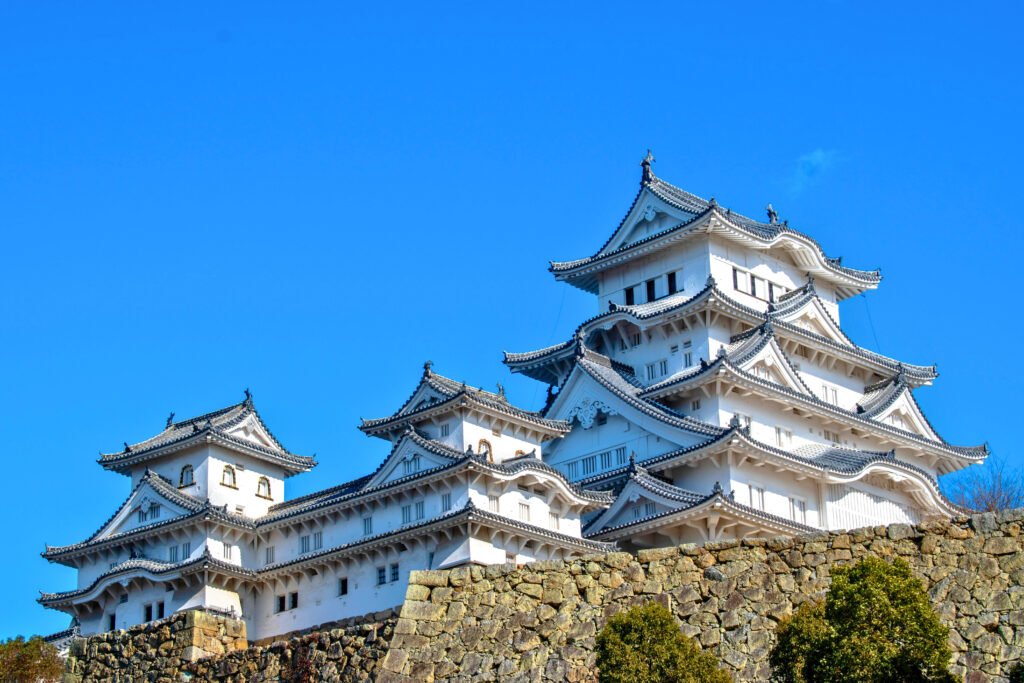

Local Experiences & Hidden Corners
There’s something special about wandering Himeji Castle once you’ve seen the big sights. If you’re willing to step off the main route, you’ll find small pockets of quiet even on busy days. One of my favorite spots is the narrow stone path behind the main keep, where you can hear birds and almost nothing else. The air feels cooler there, and sometimes you catch a gardener tending flowers along the wall.
Volunteers and staff are everywhere—sometimes dressed in period costume, always happy to answer a question or point out an odd detail you might’ve missed. Once, a volunteer showed me a hidden arrow slot near the south gate, so small you’d walk past it unless someone pointed it out. It’s these little moments that stick: the unexpected stories, the laugh of someone telling you their favorite ghost tale, or a quick nod from an old man sweeping cherry blossoms off the stone steps.
Don’t skip the gift shop just before you exit. It’s crowded, but you’ll find hand-painted castle figurines, local snacks, and postcards with photos taken by staff and city residents. Otemae Street, leading back toward the station, is packed with cafes and street food stalls—grab a skewer of yakitori or a matcha ice cream and watch the flow of people coming and going.
If you can, linger until late afternoon. As the sun drops, the castle’s white walls seem to glow even brighter, and most of the crowds thin out. It’s a good time to find a quiet bench, let your feet rest, and watch Himeji turn golden.

Sample Itineraries
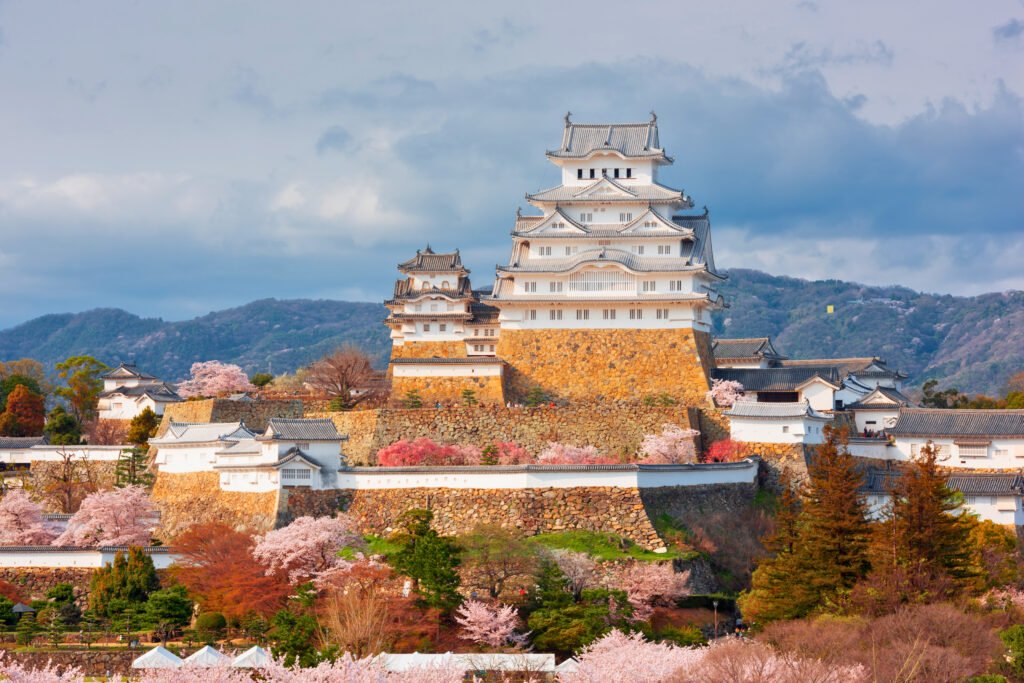
Half-Day Visit:
Arrive right when the castle opens and walk straight up Otemae Street with the locals on their morning commute. Head for the main keep first—beat the school groups to the stairs if you can. After climbing to the top and catching your breath at the city view, take your time heading back down, ducking into each small room or window along the way. Spend a few minutes at Okiku’s Well and listen for the legend, then stroll the quieter West Bailey. Grab a snack from a street stall outside the gates and, if you’re short on time, call it a morning well spent.
Full-Day Visit:
Start with a slow wander through the castle grounds, taking in the details—the carp-shaped roof ornaments, the arrow slits, the winding paths. After seeing the main keep, pick up a combination ticket and head next door to Koko-en Garden. It’s easy to lose an hour there, watching koi and enjoying the peaceful gardens. Find lunch at one of the small places on Otemae Street—a bowl of udon or a local sweet. In the afternoon, loop back to the castle park, people-watch, or look for seasonal pop-up events. As the crowds thin out, walk the grounds one last time for a quieter feel.
Weekend in Himeji:
Spend your second day at Mount Shosha—catch the bus or ropeway and give yourself time to explore the temple complex at the top. It’s a quieter, more spiritual side of Himeji. Back in town, drop by the local zoo or take a slow stroll through old shopping arcades. Evenings are mellow; try an izakaya, sip a drink, or wander through softly lit streets. No rush—this is the kind of place that rewards you for taking your time.

Nearby Attractions & Day Trips

Right next to the castle, Koko-en Garden is a must-see—nine separate gardens designed in different Edo-era styles, all tucked behind old walls. It’s quiet, beautifully kept, and changes with the seasons. If you time it right, the maples turn fire-red in autumn and the iris pond glows in early summer.
Mount Shosha, just a short bus ride from the castle, is another favorite. Take the ropeway up the mountain and spend a few hours exploring Engyo-ji Temple, famous for its ancient halls and forest paths. The views back toward Himeji are worth the trip alone, and if you’ve watched “The Last Samurai,” you might recognize a few scenes.
Families with young kids often stop at Himeji City Zoo, right on the castle’s edge. It’s not a big place, but it’s an easy detour if you’re traveling with children or just want to stretch your legs.
Back in town, Otemae Street has plenty to offer—old-fashioned candy shops, local bakeries, and tiny stalls selling grilled snacks. For something different, take a quick train ride to nearby Kobe for food and shopping, or make a day of it in Osaka and be back in Himeji by night.
No matter how you plan it, the area around Himeji Castle is full of small surprises, best found by wandering and taking a few side streets along the way.

Himeji Castle FAQ
How long should I plan for a visit?
Most people spend two to three hours at the castle, but if you’re exploring every corner or visiting during cherry blossom season, you’ll want to allow extra time.
Can I take photos inside?
Photography is welcome throughout the grounds and in most areas of the main keep, but be mindful of signs. Tripods are generally not allowed inside.
Is the castle open year-round?
Yes, except for a few days in late December. Bad weather may close parts of the grounds, so always double-check the official website if the forecast looks rough.
Do I need to book tickets in advance?
It’s not required, but highly recommended during cherry blossom season, Golden Week, or weekends to skip the longer lines.
Is Himeji Castle accessible for wheelchairs or strollers?
The main keep is full of steep stairs and narrow passageways, so access inside is tough for wheelchairs and strollers. The castle park and much of the West Bailey are much easier to navigate.
What’s the best way to get there from Osaka or Kyoto?
Take the Shinkansen for speed or a regular JR train for savings. Both bring you to Himeji Station, an easy walk from the castle.
Are there food and drink options nearby?
Yes. Just outside the main gate, you’ll find food stalls, cafes, and convenience stores. Otemae Street has plenty of sit-down and takeaway options.
Can I leave and re-enter?
Officially, re-entry isn’t permitted after you exit, so make sure to see everything you want before leaving the grounds.
When are the cherry blossoms at their best?
Usually late March to early April, but it varies year by year. Check local forecasts if you’re hoping for peak hanami.
Any tips for families?
Bring snacks, take advantage of the wide-open park spaces, and keep an eye on young kids inside the keep—it’s steep and narrow in spots.
Where can I buy souvenirs?
There’s a gift shop on-site with everything from postcards to castle-shaped sweets and traditional crafts. Local shops along Otemae Street have more unique finds.

Final Thoughts
You don’t have to be a history buff to feel something at Himeji Castle. Every time I walk away, I end up thinking about small moments: the smell of old wood after a rainstorm, the way the white walls seem to change color as the sun moves, or the quiet at the top floor when the crowds thin out. Even on busy days, there’s always a quiet corner or a new detail I’d missed the time before.
If you’re planning a visit, let yourself linger. Find a bench, watch the mix of locals and travelers, listen for kids laughing by the well, or just stand still and look up at the rooftops. Some places reward you for slowing down—Himeji is one of them.
Have you wandered these halls or picnicked under the cherry trees? I’d love to hear what stood out for you, whether it’s a hidden spot you found, a favorite photo, or a tip for fellow visitors. Drop a comment 💬 below or tag @CastleQuestChronicles on Instagram so we can share your experience with other castle lovers.
👉 Curious about more? Love exploring iconic European castles? Don’t miss our guides to Château de Chambord and Windsor Castle. There’s a whole world of stone walls and whispered legends out there.
📸 And if this article sparked your curiosity about the castles, follow along. We are on Instagram, Pinterest, Facebook, and X, too. More castles (and more stories) are just around the bend. Explore all our castle adventures here!

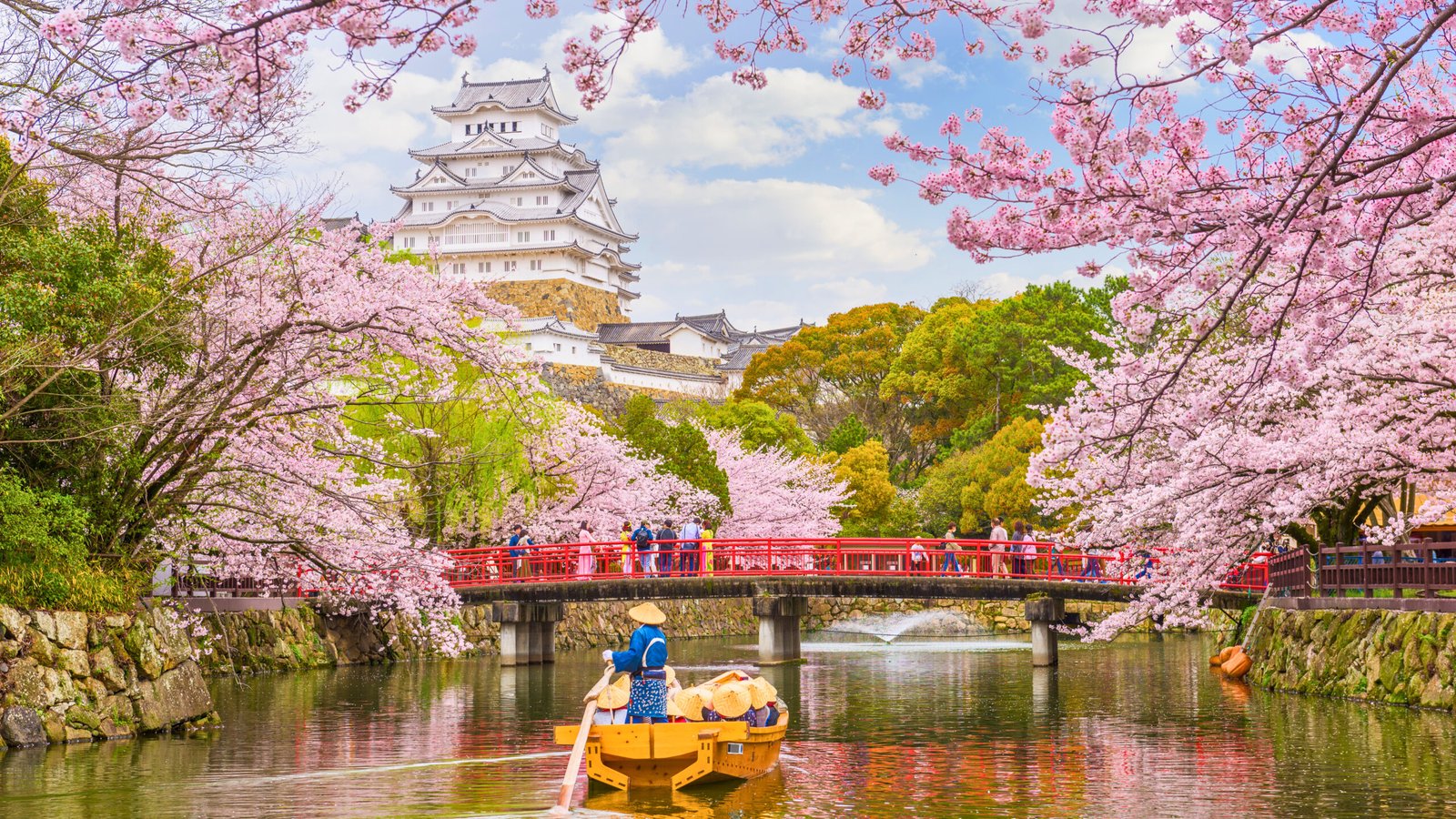




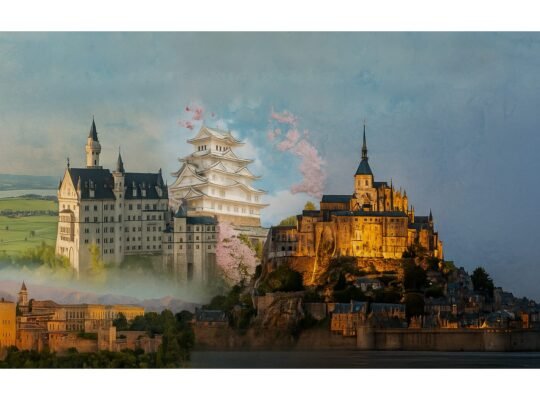
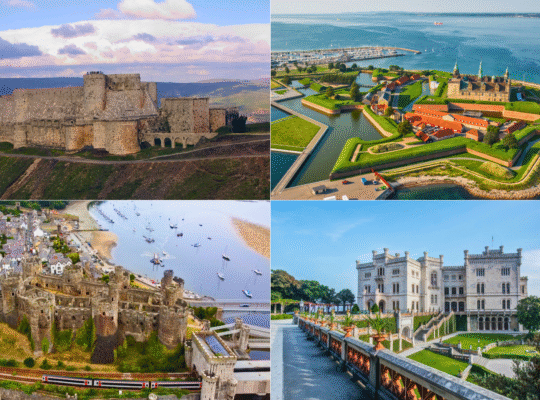
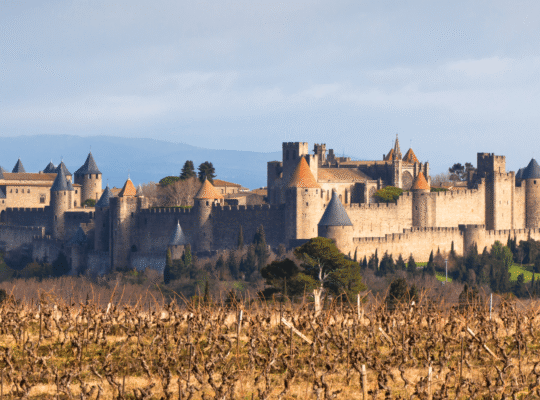
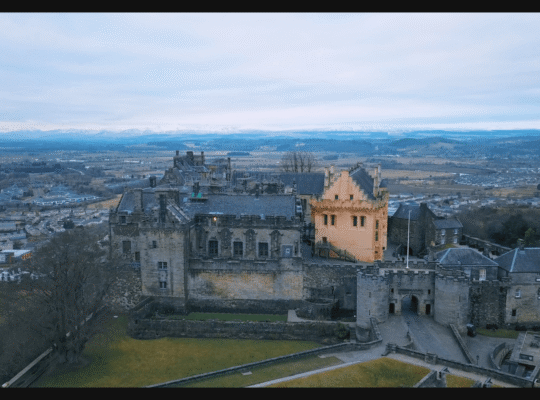
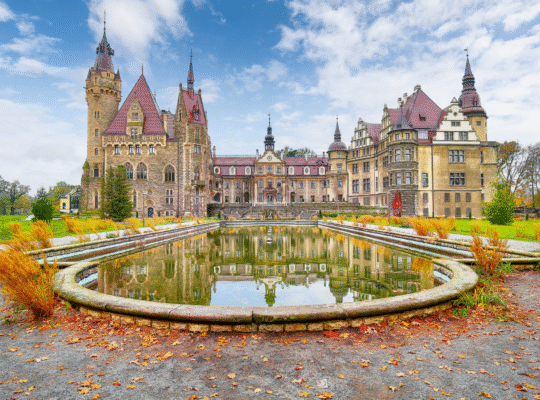


2 Comments